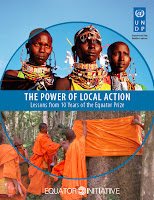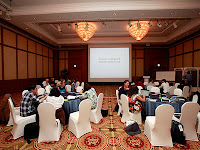The
Regeneration Consumer Study is an initiative of the
Regeneration Roadmap. The online survey looks at consumer attitudes, motivations and behaviors around sustainable consumption among 6,224 respondents in six major international markets (Brazil, China, Germany, India, United Kingdom and United States). Fielded in September and October 2012, the study represents a holistic exploration of sustainability market trends, priorities and engagement pathways, including information on sustainable consumption, trust, transparency, social issues, behavior change, consumer collaboration, participation and advocacy actions.
One of the conclusions of the study is that the consumer segment 'Aspirationals' offer the key to sustainable consumption. They seek both sustainability and consumption. They are looking for brands to provide solutions that both improve their lives and serve the larger society. And, because they are trendsetters in emerging markets like China and India, we believe business has the opportunity to shape a new consumerism by meeting their aspirations and desires with more sustainable products and lifestyle choices.


























.jpg)































